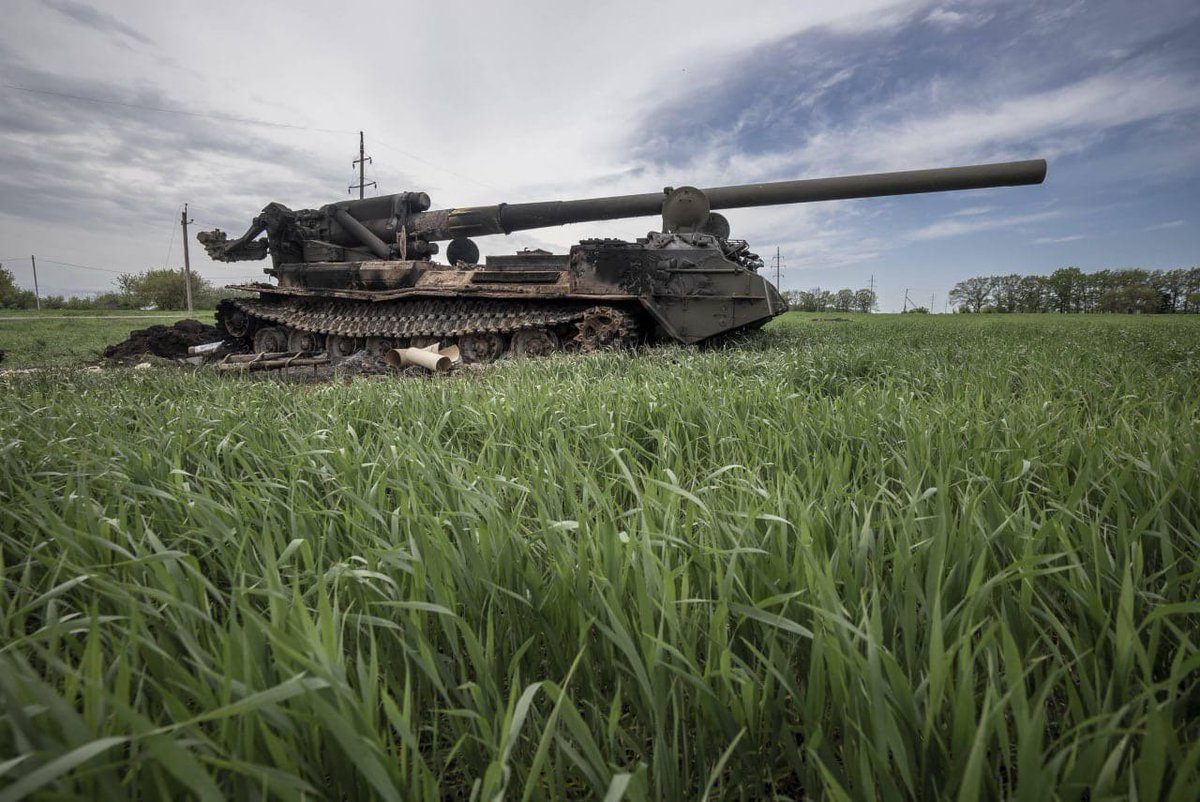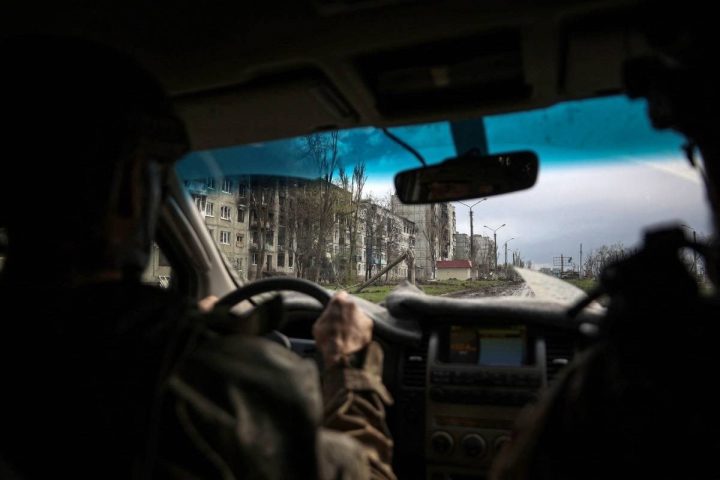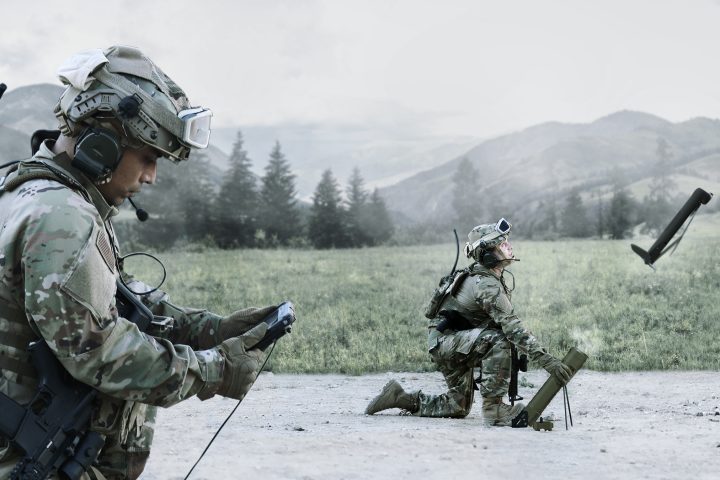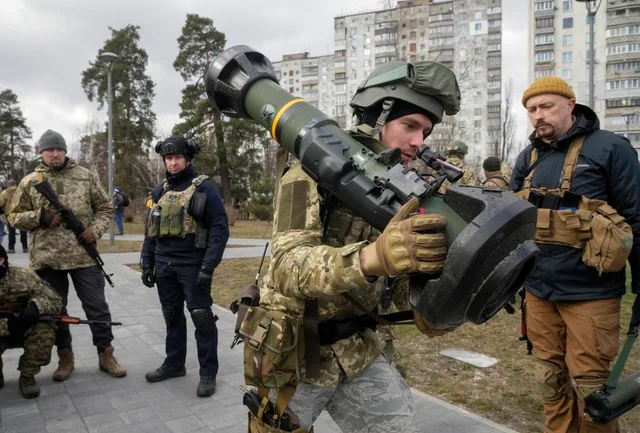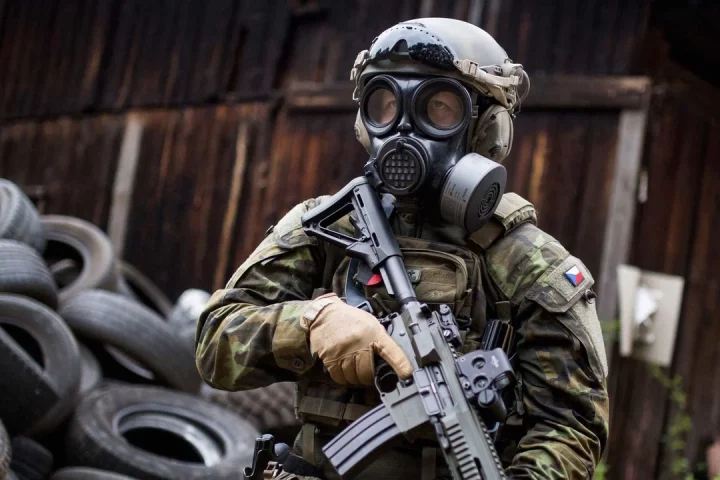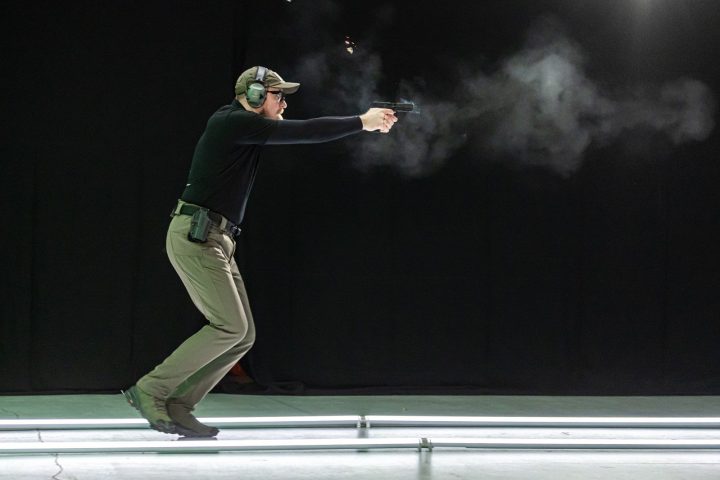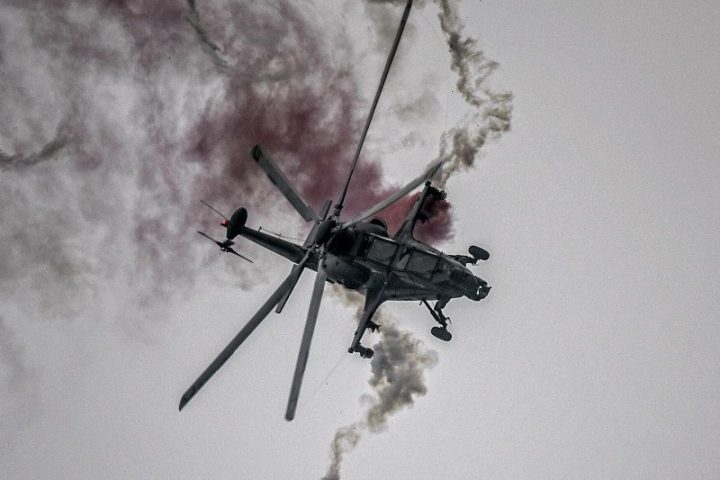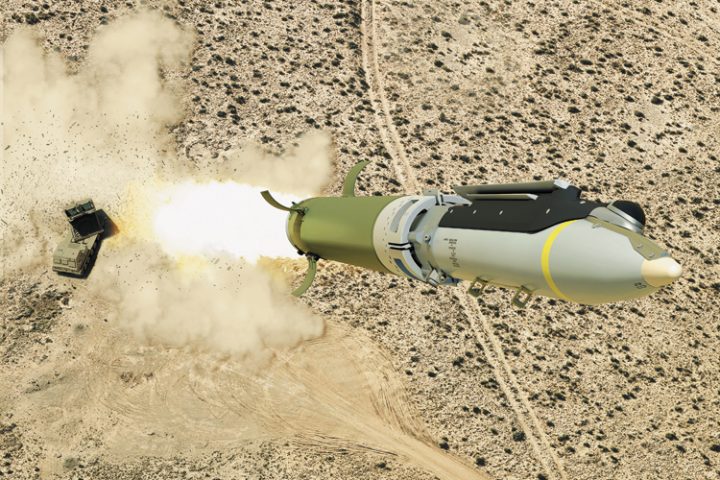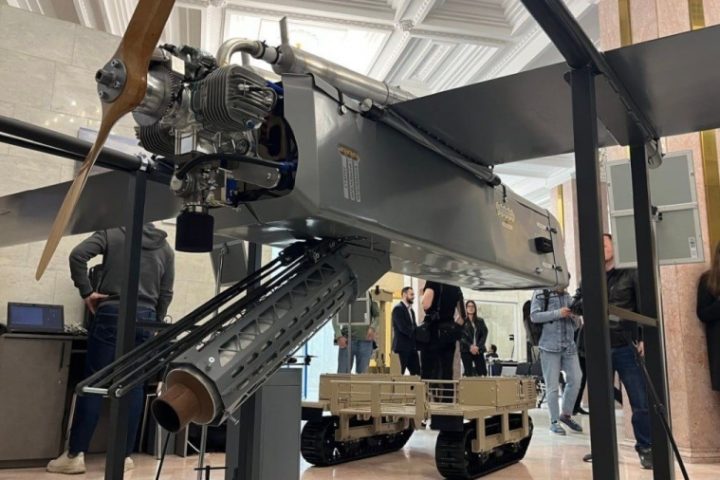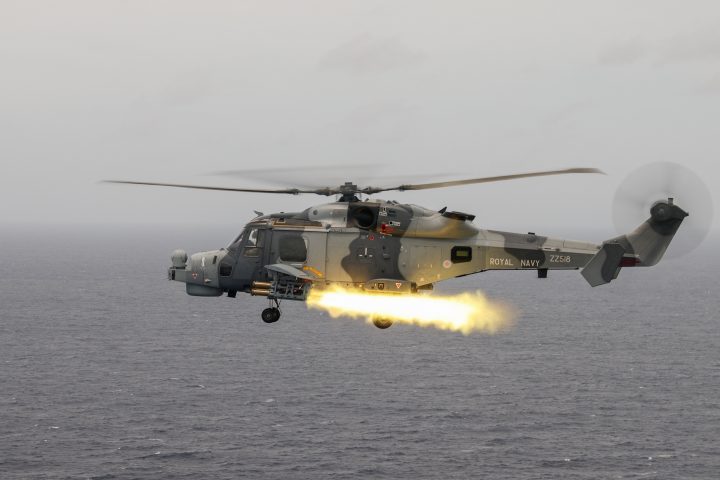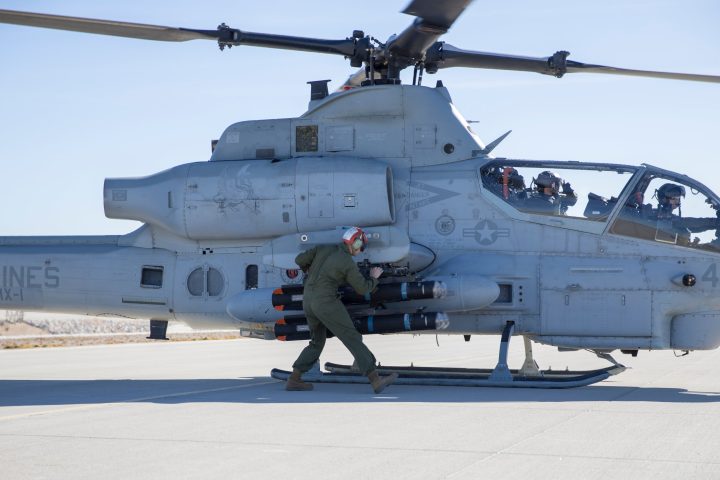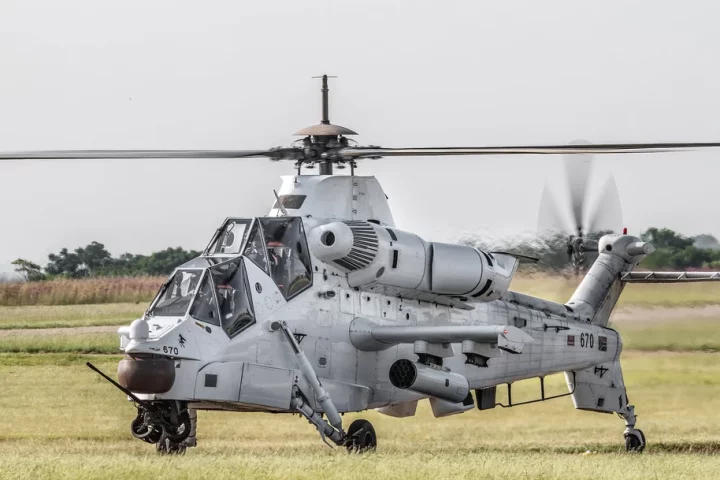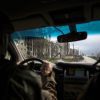On Wednesday, the independent Russian outlet Meduza published a detailed overview of recent developments on the Ukrainian battlefield and in Russian border regions affected by Ukrainian cross-border raids. The report highlights Russia’s spring-summer offensive and the shifting dynamics along the front lines.
Fighting Along the Kursk–Sumy Border Subsides
According to open-source intelligence, combat along the border between Russia’s Kursk Oblast and Ukraine’s Sumy Oblast is gradually decreasing. Both sides appear to be redeploying units that spent the winter engaged near the town of Sudzha, shifting their focus to more active sectors of the front.
Russia Launches First Major Spring-Summer Offensive in Donbas
In central Donbas—the industrial heartland spanning Donetsk and Luhansk oblasts—Russian forces have completed regrouping and launched their first large-scale offensive of the spring-summer season. They have already breached Ukrainian defenses north of Toretsk, pushing halfway toward Kostiantynivka in a concentrated assault. This city is strategically important, serving as a cornerstone of Ukraine’s defensive line south of the Kramatorsk–Sloviansk axis, and is expected to become a primary objective in this renewed offensive.
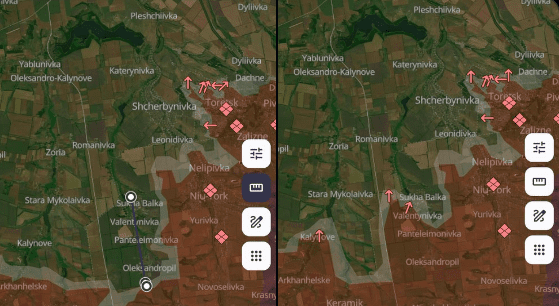
Northern Sector: Reduced Pressure and Challenging Terrain
After intense fighting, Russian troops have retaken the village of Guievo, located south of Sudzha, and are now positioned about five kilometers from the Ukrainian border near the Psel River. However, further advances will be difficult due to terrain challenges, including dense forests and swampy areas surrounding the river.
Unlike the western sector of Sudzha, where Ukrainian forces lost control of the vital Sudzha–Sumy highway, the Guievo area retains an intact logistical network, giving Ukraine more flexibility in defense. The next Ukrainian defensive position is reportedly near the St. Nicholas Gornalsky Monastery, just three kilometers from Guievo.
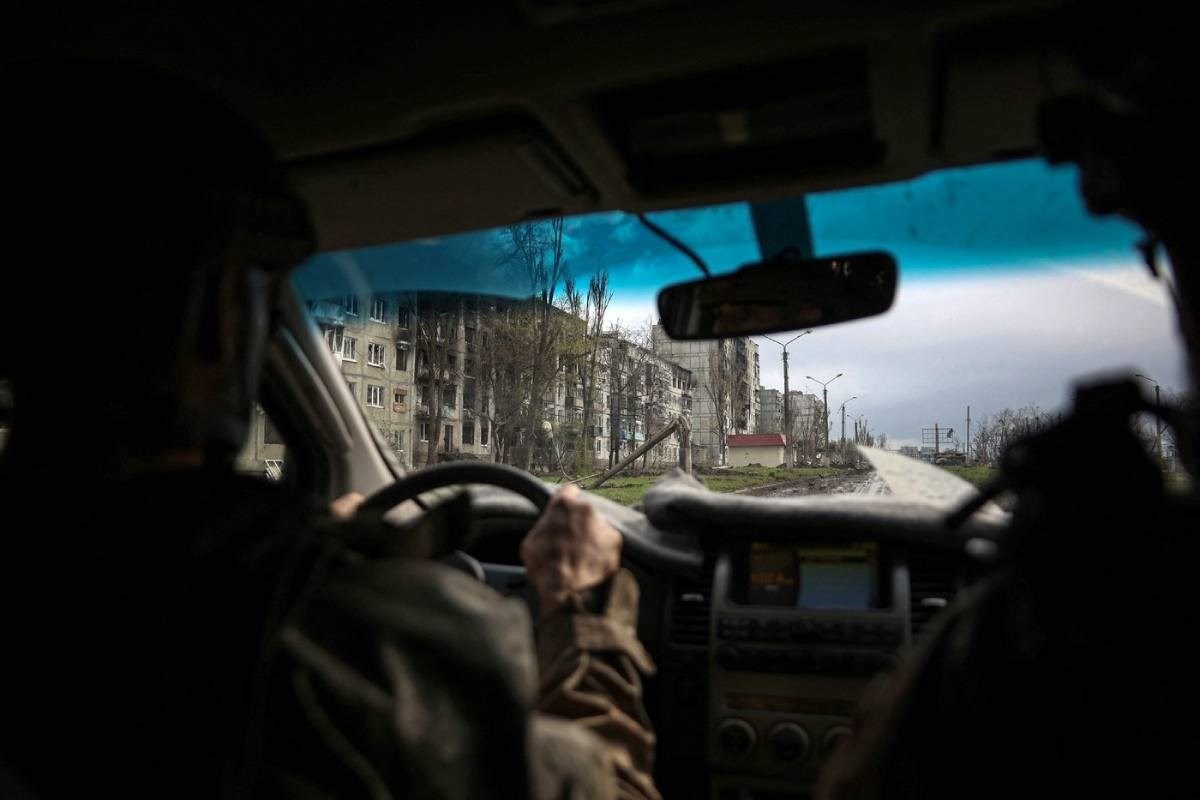
To the west, Russian forces reached the Sudzha border crossing but did not advance deeper into Sumy Oblast. In a separate push, Russian troops crossed into Sumy Oblast, capturing the village of Basivka but failing to reach the key Ukrainian logistics hub at Yunakivka.
Additionally, Russian forces are trying to dislodge Ukrainian units that crossed into Belgorod Oblast in March. Most of the village of Demidovka, located 20 kilometers east of Guievo, has since been recaptured by Russian troops.
Southern Front: A Brewing Collapse in Ukrainian Defenses?
Only a limited number of Russian airborne and naval infantry units—such as one of three regiments from the 76th Air Assault Division—remain engaged in clashes near the border, particularly around Basivka.
On the Ukrainian side, entire brigades that previously fought in Sudzha have been pulled back and are no longer active along the border. Their current status and locations are unknown. Meduza reports that these units are likely in recovery and preparing for redeployment. Such recuperation periods can last weeks or even months, especially if the units sustained heavy casualties.
For example, Ukraine’s 72nd Mechanized Brigade spent three months rebuilding in Kherson Oblast after intense losses near Vuhledar, before returning to the front lines near Pokrovsk. It is unlikely that units withdrawn from Sudzha are in better condition.
It remains uncertain where Russian forces from the Kursk direction will be sent next.
Threat of a Southern Breakthrough
While the north stabilizes, Russian forces continue offensive operations in the south, advancing toward Novopavlivka from multiple directions and pressing toward the junction of the Mokri Yaly and Vovcha rivers near Komar.
If this thrust succeeds, it could collapse Ukrainian defensive lines between Pokrovsk and Kurakhove, potentially opening the way for a deeper Russian advance. Such a development would seriously threaten Pokrovsk, a crucial Ukrainian logistics hub in Donetsk Oblast, and complicate efforts to hold eastern territory.


